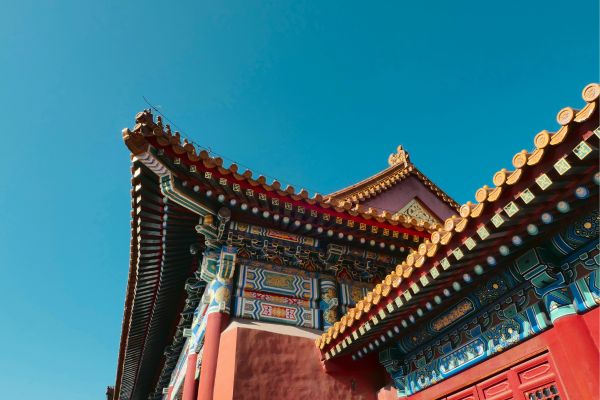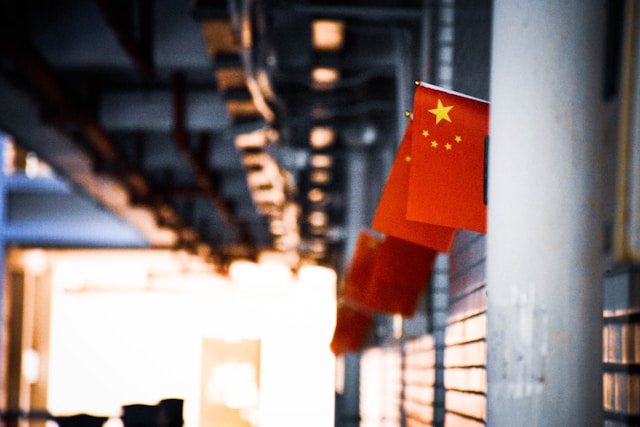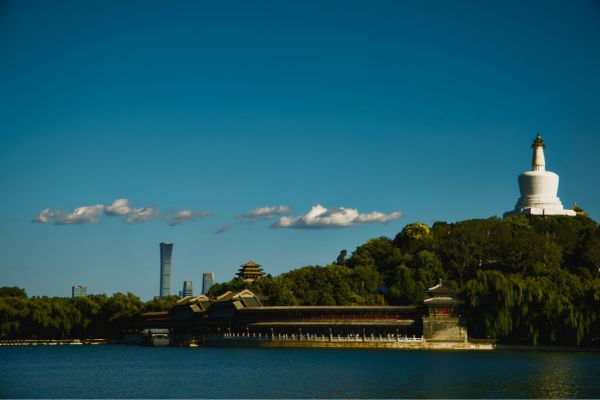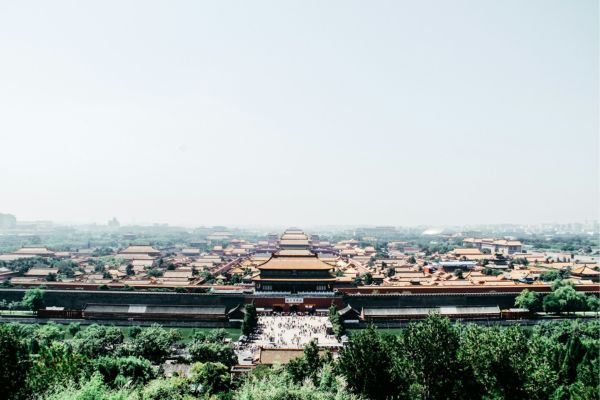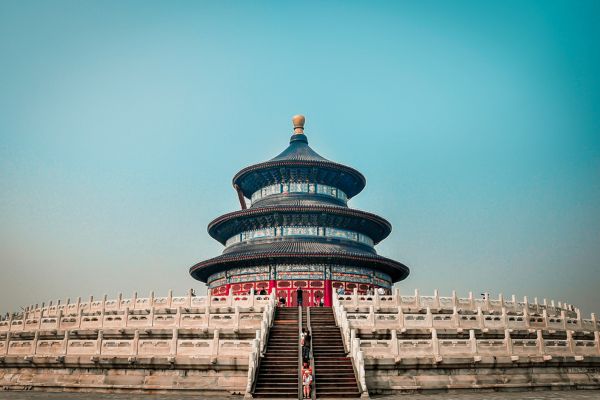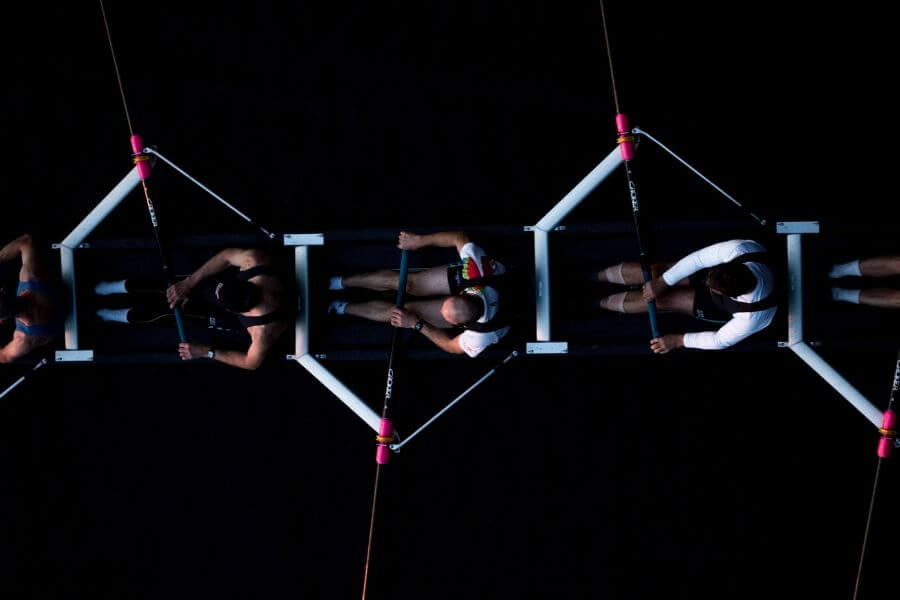
Chinese judges having doubts on specific issues in the trial work will seek for opinions of higher courts (appellate courts) and shall render judgments in accordance with the reply opinions.
This post is an introduction to the article titled “The case-instructing system beset by historical and realistic problems”(历史与现实交困中的案件请示制度). Written by Wan Yi(万毅) – a professor at Sichuan University, this article was published in “Law Science”(法学) (No. 2, 2005).
1. What is “case-instructing” (“Request for Instructions on the Handling of Case”)
“Case-instructing” means that a court at a lower level shall, in the handling of substantive or procedural issues in trial work, request in oral or written form for instructions to the court at a higher level, thereby the higher court shall provide a reply to the request, based on which the lower court will hear the case and make a judgment.
The legislature in China has not enacted concrete laws on “case-instructing”. However, this practice has always existed in Chinese courts and has become daily working methods and practices.
Among these instructions, some responses provided by China’s Supreme People’s Court (the SPC) to high people’s courts or military courts of the PLA are made public in the form of the “Reply” (批复), and shall have its full legal force to courts at all levels nationwide.
Specifically, according to the “Provisions of the Supreme People's Court on the Judicial Interpretation Work” (关于司法解释工作的规定), the SPC’s “reply” made to lower courts is a form of judicial interpretations. Judicial interpretations are provisions on the specific issues concerning the application of law in the trial work of the people's courts at various levels. Where courts at all levels nationwide cite judicial interpretations as a ruling basis, judicial interpretations shall be quoted.
The SPC's binding provisions concerning “reply” indicate that the SPC has at least officially confirmed the legality of “case—instructing” system between itself with lower courts.
2. Why “case-instructing” exists
(1) judges at primary people’s courts cannot deal with difficult and complicated cases on their own
Due to the rapid development of China, neither legislation nor judicial precedents can keep up with the emergence of social problems. Courts now are facing many difficult and complicated issues without rules to be addressed or with rules but rather ambiguous.
On the one hand, according to Chinese judicial procedure, a clear majority of first-instance cases are heard at primary people’s courts, courts of the lowest level. For this reason, most of these difficult and complicated cases appear in primary people’s courts.
On the other hand, under current Chinese judge selection mechanism, the higher the level of the courts is, the more professional are the judges, thus judges of primary people’s courts are comparatively less professional.
Consequently, since judges of primary people’s courts are often unable to cope with difficult and complicated cases, they can only seek for help in form of “request for instructions” from higher courts or even from the SPC.
(2) the SPC is committed to unifying the application of law in the whole country
Chinese judges have diverse learning experiences and different professional abilities; therefore, the understanding and application of law among judges are inconsistent.
The SPC attempts to unify the understanding and application of law by “case-instructing”. The higher courts unify the understanding and application of law of lower courts, while the SPC tends to unify it nationwide so as to achieve the “equal” application of law required by the rule of law.
(3) China's centralized political structure affects the judicial system
Chinese judicial system is analogous to its political structure and has a centralized character. This is manifested as: the power within the court is concentrated in the president of the court, the director of a division, etc., the power of the lower court is concentrated in the higher court, and the power of local courts is concentrated in the SPC.
This structure has made the Chinese judicial system form a pyramid-like power structure, which is controlled from the top down. The “case-instructing” is the embodiment of this power structure.
3. Questions raised about “case—instructing”
(1) This practice makes the appeal procedure illusory
As mentioned above, the lower court requests the higher court for instructions on pending cases, thereby obtaining a reply from the higher court and thus making a judgment based on the reply.
But the point is that, in these cases, the higher courts are usually the courts of the second instance. In other words, the trial court made a judgment based on the opinions of the appellate court.
It is obvious that even if such a judgment were appealed to the higher court, the higher court would hardly have any quibbles with or raise any objection to the judgment. Thus, a right of appeal of the parties concerned is doomed to be illusory. This means that the appeal process is not working and is ultimately meaningless.
(2) This practice leads to low efficiency of litigation
Since most cases in the requests from the lower courts to the higher courts are major, difficult and complicated, the higher courts usually take a long time to study and discuss before replying; if necessary, the higher courts may also request for a reply from courts higher, even, asking for instructions from the SPC. This will greatly extend the duration of cases.
If you would like to discuss with us about the post, or share your views and suggestions, please contact Ms. Meng Yu (meng.yu@chinajusticeobserver.com ).
If you wish to receive news and gain deep insights on Chinese judicial system, please feel free to subscribe to our newsletters (subscribe.chinajusticeobserver.com ).
Contributors: Guodong Du 杜国栋 , Meng Yu 余萌
